In previous versions of iOS, loading AVPlayerViewController (as well as SwiftUI VideoPlayer) with a video would display the first frame and include a play icon in the center but this has gone away in iOS 16. I've been relying on that UI element as an affordance for "There's a video here, tap it".
Plus, now tapping the video shows the playback controls over the video for a few seconds instead of just starting playback.
Does anyone know if:
- There's a property or configuration option to show the play icon?
- I should be providing my own play icon overlay placed over the video manually?
- This is a bug in iOS 16?
